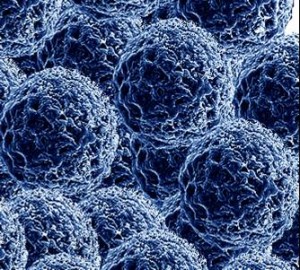
More evidence that low-calorie sweeteners are bad for your health
Studies show that artificial sweeteners can raise the risk of hypertension, metabolic syndrome, type 2 diabetes and heart disease, including stroke.

Natural Health News — Bad news for men who like to wear antibacterial socks. Silver nanoparticles, which are increasingly used in antibacterial clothing, could raise your risk of testicular cancer.
A laboratory-based study from Norway exposed cells were to different types of nanoparticles: titanium dioxide nanoparticles (diameter of 21 nanometres [nm]) and two different sizes of silver nanoparticles (diameters of 20nm and 200nm) over different concentrations and time periods.
The study in the journal Toxicology showed that both types of nanoparticles can affect sperm production, with consequences for fertility of future generations. However the silver nanoparticles at both sizes inhibited normal cell function and caused more cell death than titanium dioxide nanoparticles. In particular, and maybe even counter-intuitively, the 200nm silver particles caused a concentration-dependent increase in DNA damage in the human cells.
Previous research has shown that nanoparticles can cross both the blood-brain barrier and blood-testes barrier in mice and rats, and are taken up by cells. What this research shows is that the type of nanoparticle, and not the size alone, may be influential.
Small but deadly
A nanometre is one billionth of a metre. To understand how small this is consider this: In size, a nanoparticle is to a football, what a football would be to the Earth.
Nano-scale materials and processes are formed in nature, and can also be produced unintentionally, in the form of welding dust and diesel particulates. But today we are producing man-made nanoparticle for a variety of uses in consumer products, medicines and building products. We’ve previously reported on this site on the risks associated with antibacterial clothing.
At the moment there is very little monitoring of the effects of releasing man-made nanoparticles onto the human population.

Please subscribe me to your newsletter mailing list. I have read the
privacy statement